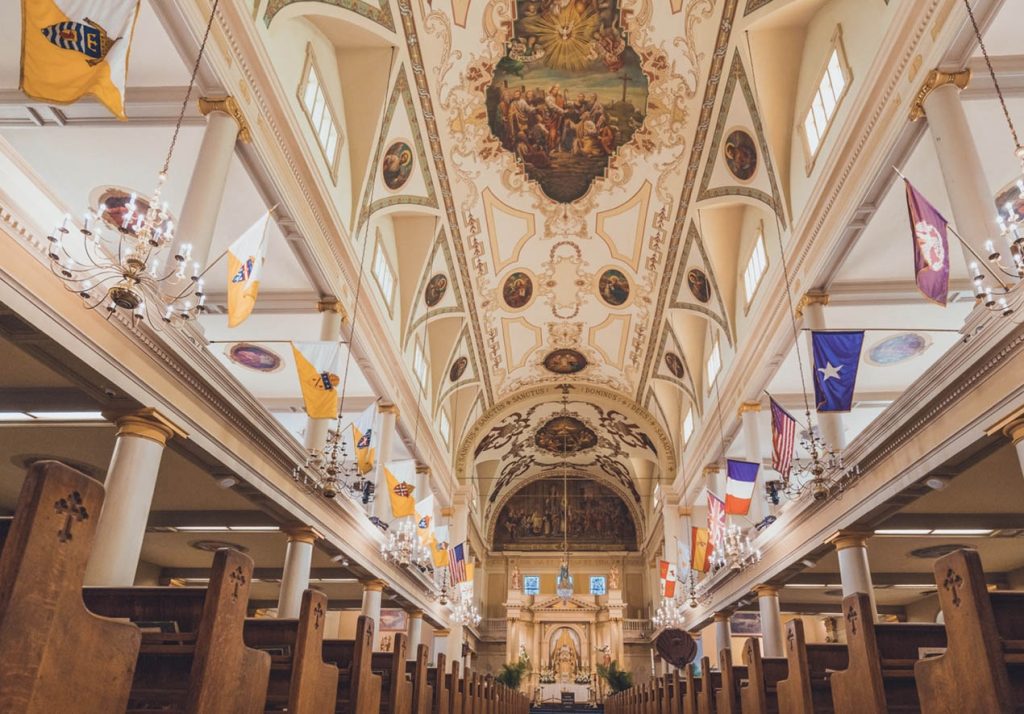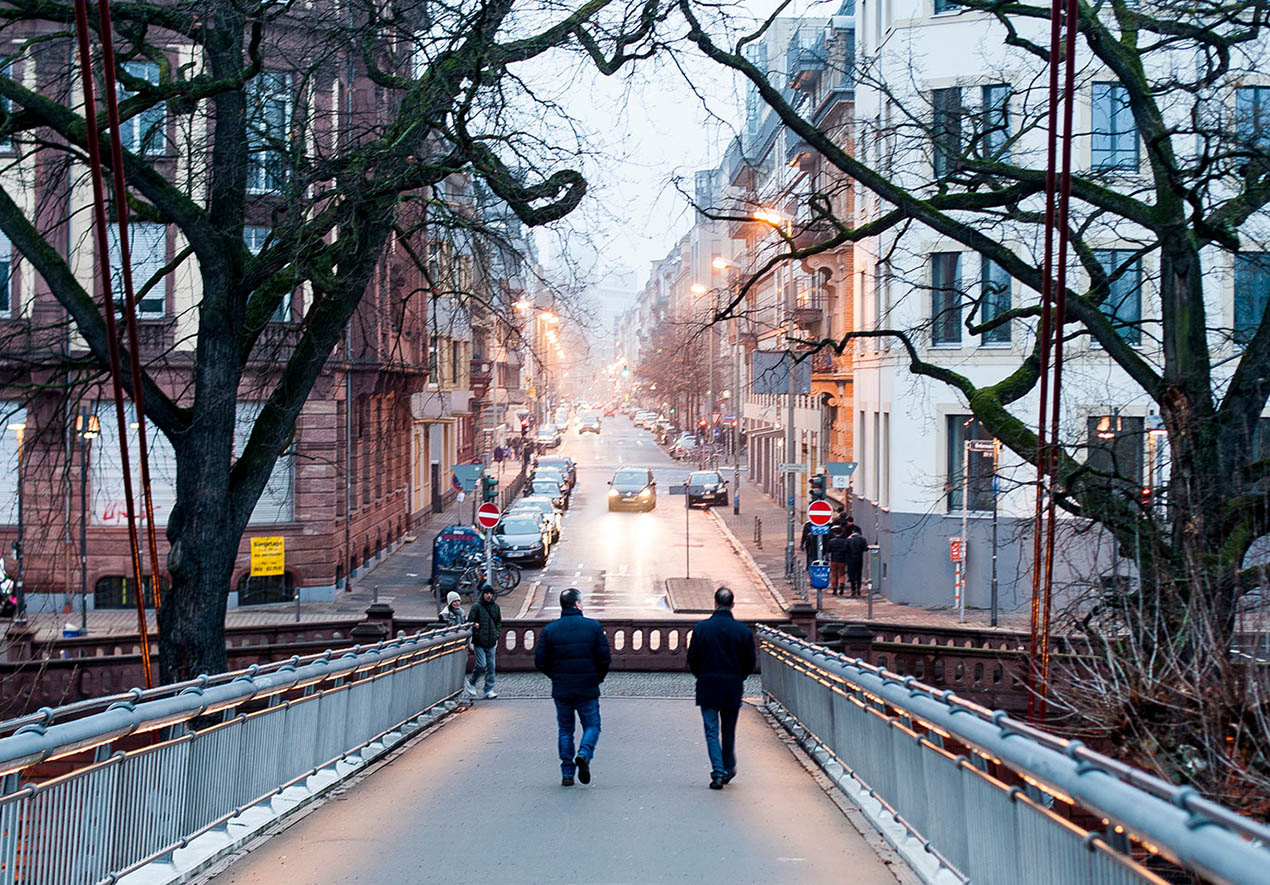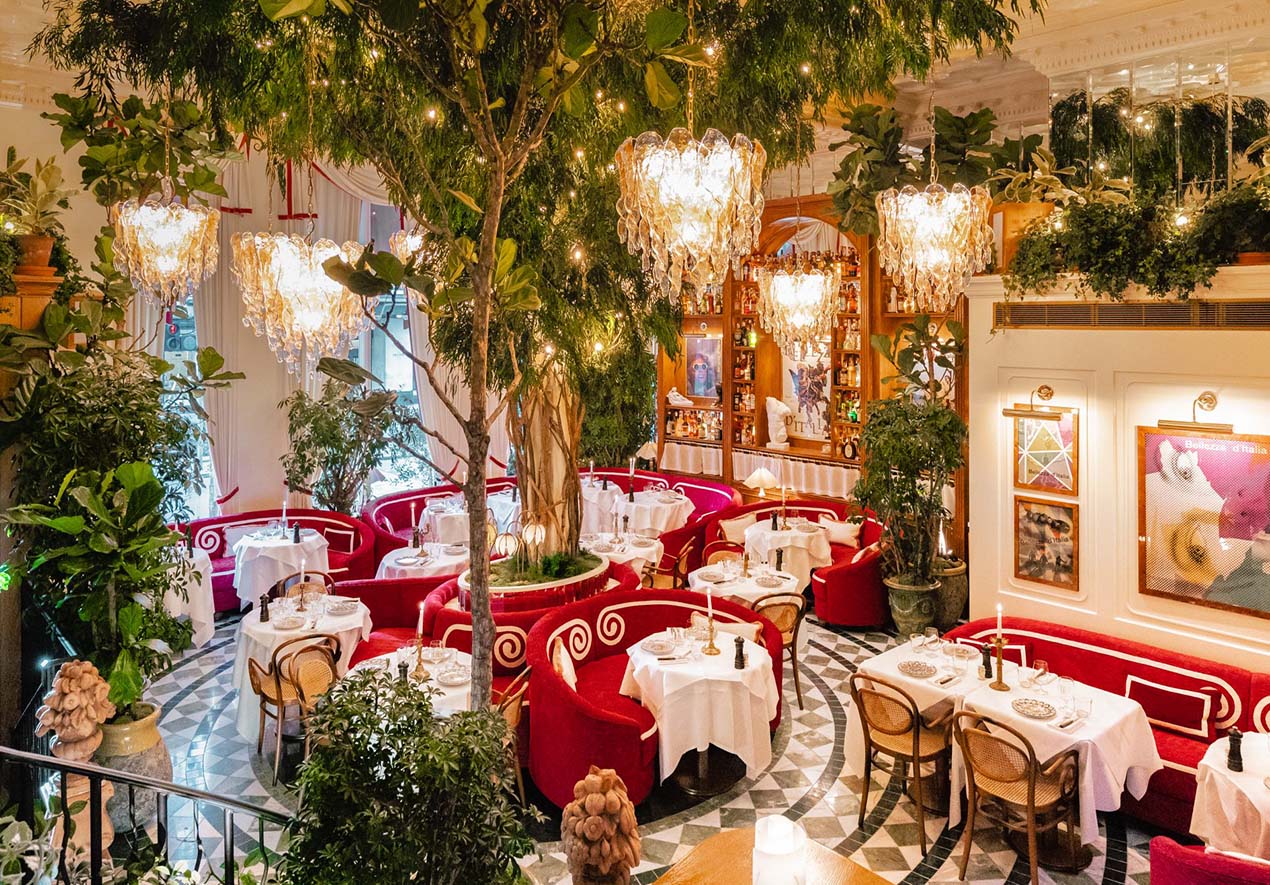Embarking on a journey through the historical tapestry of New Orleans, I found myself enthralled by the seamless integration of the past and present in its architectural wonders.
St. Louis Cathedral: A Spiritual Sojourn
Embarking on my New Orleans adventure, my first stop was the illustrious St. Louis Cathedral, nestled at the heart of the vibrant French Quarter. This spiritual sojourn began with the awe-inspiring presence of the cathedral, whose Gothic Revival architecture cast a timeless grace upon the surroundings. As I stepped through its ornate doors, a tangible weight of history hung in the air within its hallowed halls.
Positioned majestically in Jackson Square, with a commanding view of the Mississippi River, the cathedral presented itself as not only a spiritual haven but also a visual spectacle. The journey to this iconic site was a delightful stroll on foot or a leisurely carriage ride through the historic French Quarter, adding an element of charm to the overall experience.
The cathedral, a living testament to New Orleans’ spiritual heritage, generously opened its doors to daily Mass services and guided tours, inviting visitors to delve into its rich history. The pros of this experience were undeniable – the intertwining of spiritual and historical significance, coupled with the breathtaking Gothic architecture, created an atmosphere of profound reverence.
The popularity of St. Louis Cathedral meant that it wasn’t immune to the drawbacks of peak tourist hours. The cons included occasional crowding, a small price to pay for the privilege of experiencing such a revered site. To make this journey accessible to a wider audience, the cathedral extended student and senior discounts for guided tours, fostering inclusivity and enriching the visitor experience.
Booking through the official cathedral website ensured a seamless and personalized experience, allowing me to immerse myself fully in the spiritual and historical narrative woven into the cathedral’s fabric.
Standing within the sacred confines of St. Louis Cathedral, the play of light through intricate stained glass and the soaring vaulted ceilings transported me to a bygone era. It was a truly enchanting experience, where the tangible connection to New Orleans’ spiritual roots transcended mere sightseeing. This visit wasn’t just a box to check off but an immersive journey through time, leaving an indelible mark on my exploration of the city’s architectural wonders.

The Garden District: Strolling Through Elegance
Embarking on a departure from the lively energy of the French Quarter, my exploration unfolded amidst the enchanting allure of the Garden District. This leisurely escapade unveiled the district’s antebellum charm, where opulent mansions stood as eloquent witnesses to New Orleans’ aristocratic past. Each architectural masterpiece boasted a distinct style, weaving a tapestry that vividly depicted the city’s rich and lavish history. The district, a tranquil haven, provided a striking yet harmonious contrast to the dynamic chaos of the French Quarter.
Positioned to the southwest of the French Quarter, the Garden District enticed visitors through multiple modes of transport. Whether opting for a picturesque streetcar ride, a leisurely stroll on foot, or a guided tour, the journey promised a delightful experience, introducing me to the district’s unique character.
These tours, offering in-depth insights into the district’s narrative, allowed visitors to unravel the layers of history concealed within each mansion’s ornate walls. The personalized exploration added a nuanced understanding to the experience, transforming the visit into a historical journey.
The district’s allure extended beyond its historical significance to the well-preserved architectural wonders adorning its streets. Grand mansions, framed by ancient oaks, created an ambiance of Southern elegance that transcended temporal boundaries. The pros of this experience were evident – a serene escape into a bygone era where the echoes of the past resonated through meticulously designed facades.
The cons included limited amenities within the district, urging visitors to prepare for substantial walking. Yet, for those seeking a tranquil retreat and a connection to history, this proved to be a minor trade-off.
To enhance accessibility and cater to diverse preferences, some tours extended group discounts, fostering inclusivity in the exploration of the Garden District. Booking these guided tours was streamlined, with options available through various online platforms or directly through reputable tour companies.
My sojourn through the Garden District unfolded as a step back in time, surrounded by grandeur and Southern charm. The architectural marvels, coupled with the soothing embrace of ancient oaks, transported me to an era of Southern elegance that lingered in the air. The Garden District emerged not merely as a destination but as a living testament to New Orleans’ aristocratic legacy, beckoning me to savor the tranquility and elegance of its storied past.
The French Market: Culinary and Cultural Extravaganza
No visit to New Orleans is complete without immersing oneself in the vibrant tapestry of the French Market. Amidst the lively hustle of vendors, musicians, and street performers, I sampled the diverse flavors of Creole and Cajun cuisine. The architectural blend of colonial structures and open-air markets created a lively and authentic atmosphere.
Location: Positioned at the edge of the French Quarter along the Mississippi River.
Route: Easily reachable on foot from the French Quarter or by the Riverfront streetcar.
Numerous food stalls, artisan shops, and live music performances.
Pros: Culinary diversity, lively atmosphere.
Cons: Crowded during peak hours, limited seating.
Discounts: Various vendors offer daily specials.
Reservation Platform: No reservations required for the market; however, some restaurants may accept bookings.
The French Market, with its sensory delights, encapsulated the essence of New Orleans’ cultural fusion. The aroma of spices, the sounds of jazz, and the colorful array of goods made it an unforgettable experience.
Recommended Destinations:
The Historic New Orleans Collection: Archiving the Past
Delving deeper into the city’s history, The Historic New Orleans Collection is a treasure trove of artifacts and documents that illuminate the diverse narratives shaping the region. Housed in historic buildings with intricate wrought-iron balconies, the collection spans centuries, providing a comprehensive understanding of New Orleans’ evolution.
Location: 533 Royal Street, French Quarter.

Route: Within walking distance from the heart of the French Quarter.
Guided tours, exhibitions, and research facilities.
Pros: Rich historical archives, knowledgeable staff.
Cons: Limited parking, research facilities may require prior arrangement.
Discounts: Student and senior discounts on guided tours.
Reservation Platform: Guided tours and special exhibitions can be booked through the official website.
The Historic New Orleans Collection is a haven for history enthusiasts. The guided tour connected the artifacts to the city’s vibrant history, offering a fascinating journey through time.
Preservation Hall: Immersed in Jazz
A night in New Orleans is incomplete without the soulful melodies of jazz. Preservation Hall, nestled in the heart of the French Quarter, is a testament to the city’s musical legacy. The intimate setting and unadorned architecture allow the music to take center stage, creating an authentic and unforgettable experience.
Location: 726 St. Peter Street, French Quarter.
Route: Within walking distance from the lively streets of Bourbon Street.
Nightly jazz performances, limited seating.
Pros: Authentic jazz experience, intimate setting.
Cons: Limited seating, long lines during peak hours.
Discounts: Student discounts available on certain nights.
Reservation Platform: Tickets can be purchased online or in-person at the venue.
Preservation Hall captures the essence of New Orleans’ musical soul. The intimate setting and raw performances left an indelible mark on my musical sensibilities.
Oak Alley Plantation: Southern Splendor Amid Ancient Oaks
Venturing outside the city limits, Oak Alley Plantation offers a glimpse into Southern plantation life. The iconic row of ancient oak trees leading to the mansion creates a postcard-worthy scene. The plantation’s history, coupled with its stunning architecture, makes it a must-visit for those eager to understand the multifaceted layers of Southern heritage.
Location: 3645 LA-18, Vacherie, Louisiana.
Route: Approximately an hour’s drive from the French Quarter; guided tours available.
Guided mansion tours, historical exhibits, and a restaurant.
Pros: Majestic oak-lined avenue, well-preserved plantation.
Cons: Limited public transportation options, admission fees.
Discounts: Group discounts available for guided tours.
Reservation Platform: Advance reservations recommended, available on the official website.
Oak Alley Plantation provides a sobering look into the complex history of the region. The juxtaposition of architectural splendor and historical context left me contemplative and appreciative of the plantation’s efforts in preserving this chapter of American history.
City Park: Nature’s Retreat within the Urban Jungle
City Park, a sprawling oasis within the city limits, offers a refreshing escape into nature. Home to centuries-old oak trees, lagoons, and various recreational activities, this urban park is an architectural marvel. The park seamlessly blends natural beauty with carefully designed structures, providing a perfect respite from the urban hustle.
Location: 1 Palm Drive, New Orleans.
Route: Accessible by streetcar, car, or bike from the French Quarter.
Botanical gardens, sculpture garden, walking trails, and a golf course.
Pros: Scenic beauty, diverse recreational options.
Cons: Limited public transportation within the park.
Discounts: Some attractions within the park may offer discounted rates for students and seniors.
Reservation Platform: No reservations required for general park access; some attractions may require advance booking.
City Park is a sanctuary within the city, offering a perfect blend of natural splendor and thoughtfully designed spaces. Exploring the park’s various attractions provided a serene contrast to the vibrant energy of the French Quarter.
New Orleans, with its architectural wonders and rich cultural tapestry, is a city that invites exploration and introspection. My journey through the spiritual sanctuaries, historic districts, and cultural hubs provided a profound connection to the past while embracing the vitality of the present. From the iconic St. Louis Cathedral to the serene City Park, each architectural gem revealed a unique facet of this city’s character.



